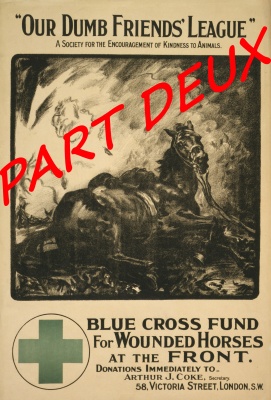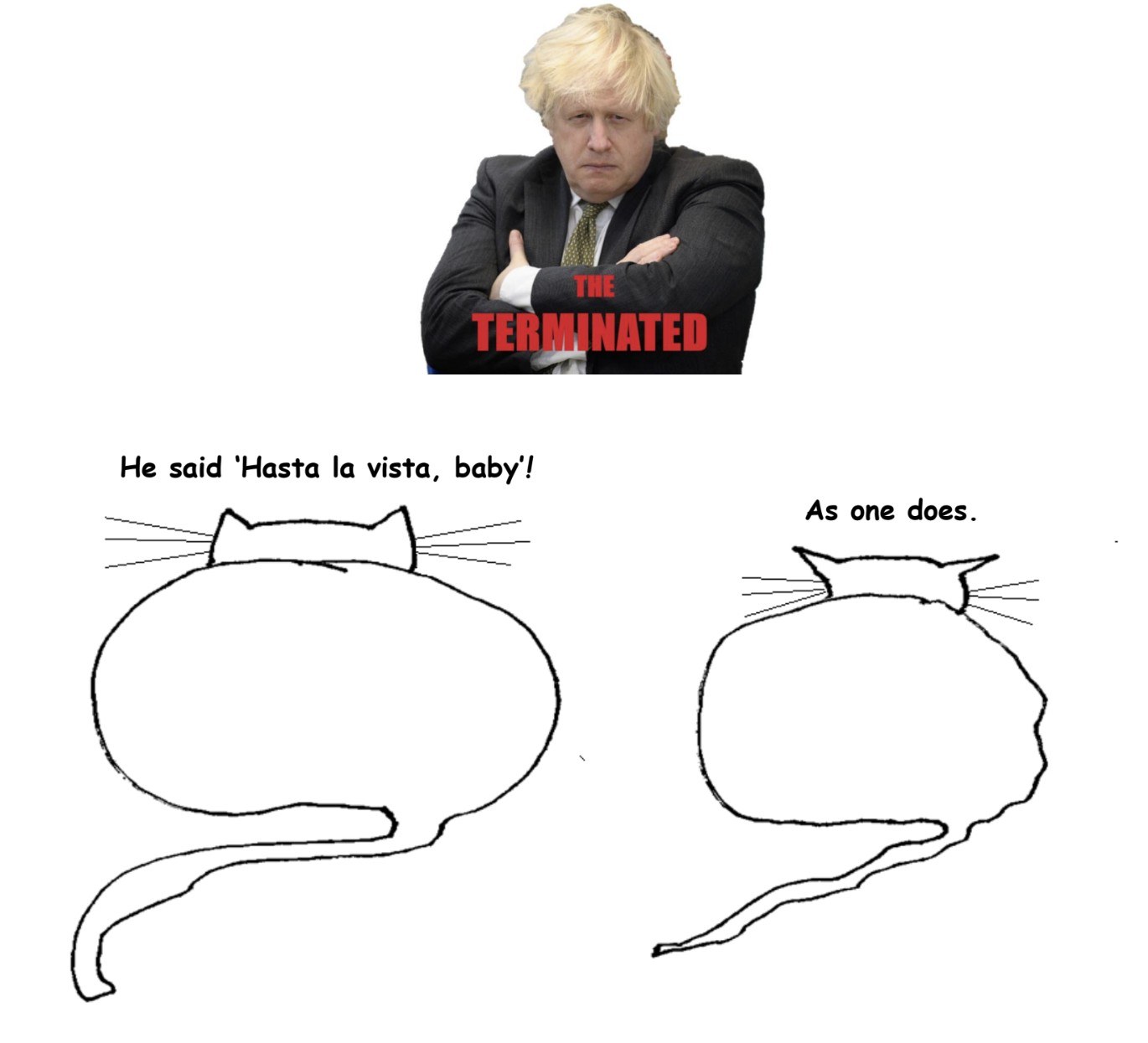by Mark Harvey
 I’m not sure what Americans were like in the 18th and 19th century, but they have to have been a lot tougher, less whining, less self-important and paradoxically more exceptional without thinking they were exceptional than Americans of today.
I’m not sure what Americans were like in the 18th and 19th century, but they have to have been a lot tougher, less whining, less self-important and paradoxically more exceptional without thinking they were exceptional than Americans of today.
Even Americans born well into the 20th century had a stoic quality and a modest sense of their own importance that seems to have been washed out of our culture. Not many WWII veterans left, but the ones I’ve met spoke about their battles at Normandy or in the South Pacific as just something that needed to get done. The people I knew who lived through The Great Depression said it was tough but made light of their own hardships.
Much of our citizenry today resemble loud spoiled children, whining and whingeing at every inconvenience, and trotting out opinions on the most complex matters—with zero formal training or any in-depth research. I fear that to other countries we look like one of those screaming toddlers having a fit in a very public place. Sort of an international cringe.
The recent melt-down over gas prices is a prime example of American petulance. Does the increase in gas prices affect the average American family? Yes it does. Are the fits over gas prices in proportion to the issue and do most Americans understand how gas prices are set? No and no. Read more »

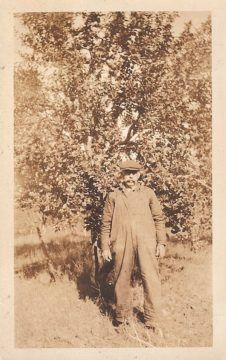
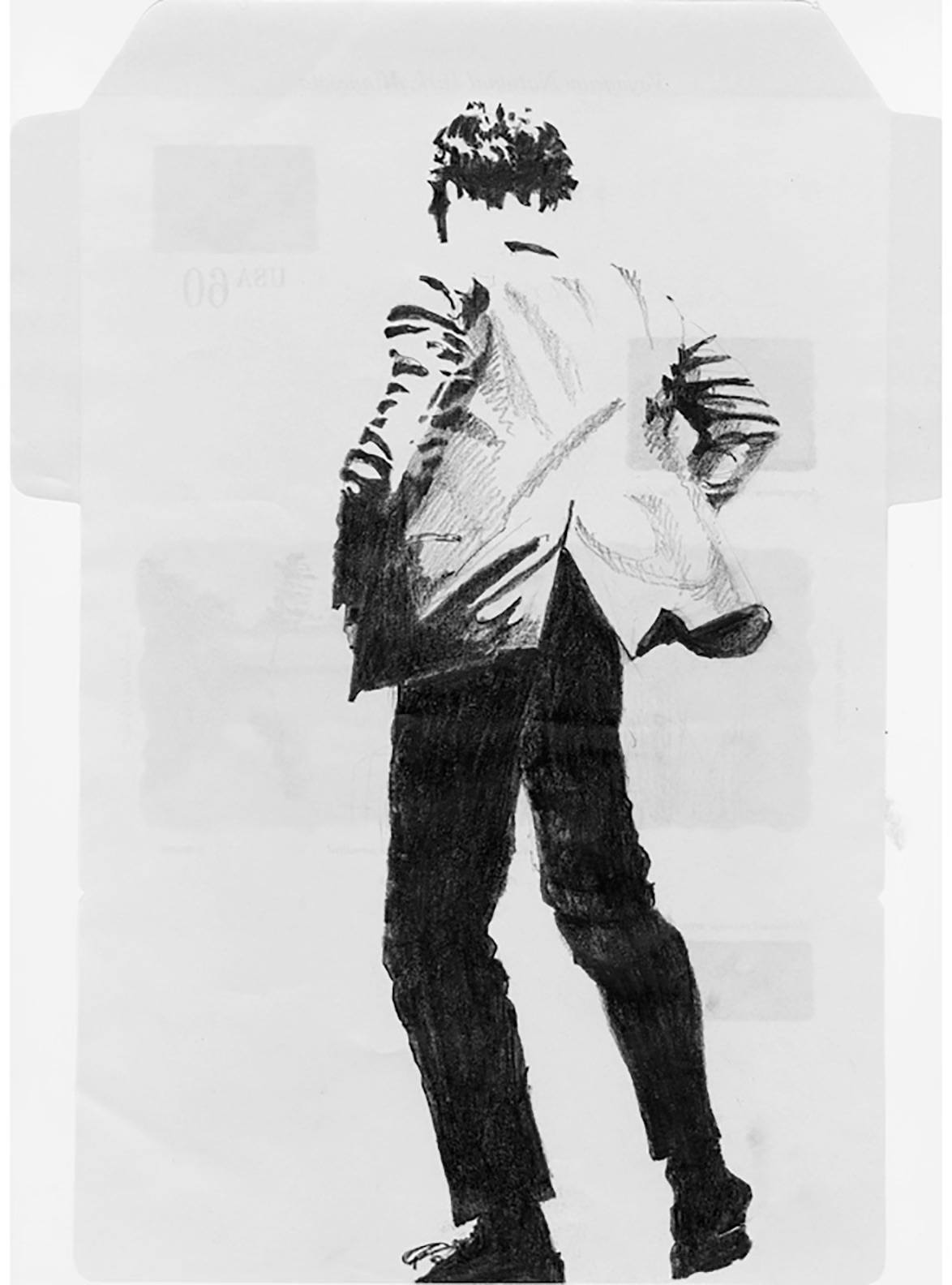 Sughra Raza. Untitled, ca 2008.
Sughra Raza. Untitled, ca 2008.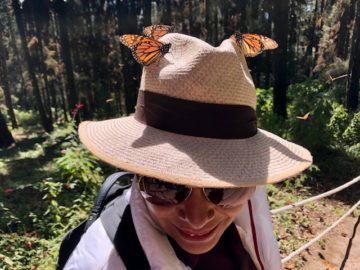

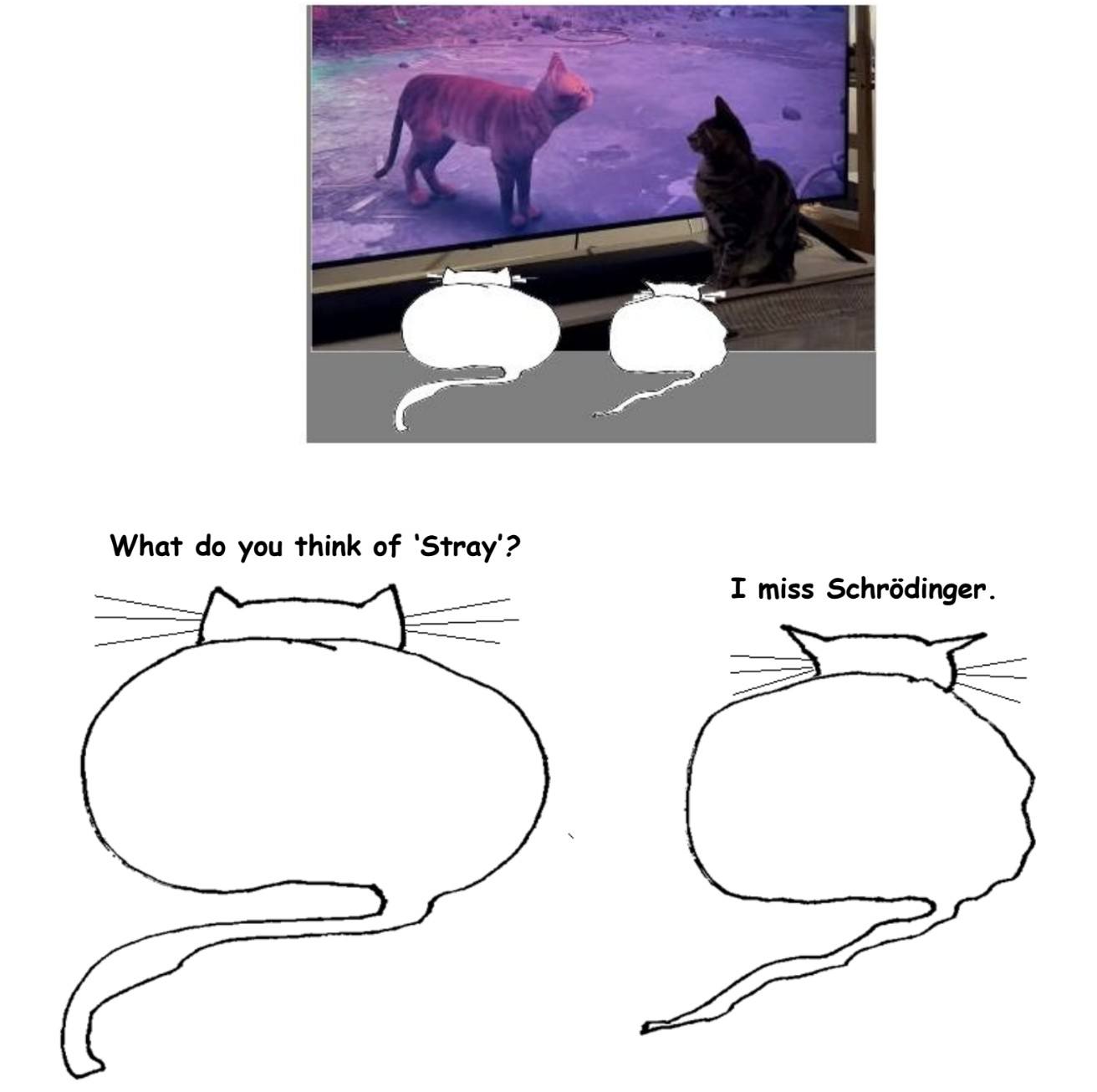
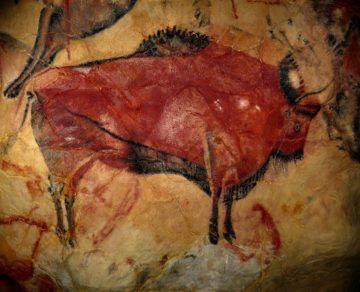
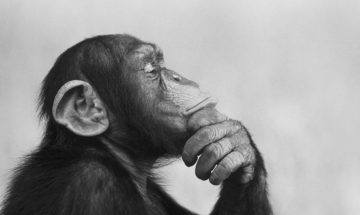

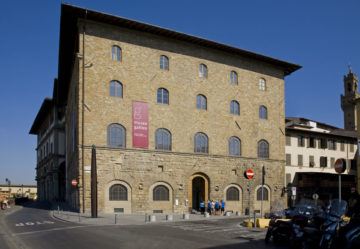 This past spring, I found myself sitting, masked, at a wooden desk among a scattering of scientific researchers at the Museo Galileo in Florence. Next to me was a thick reference book on the history of astronomical instruments and a smaller work on the sundials and other measuring devices built into the churches of Florence to mark the cyclical turning points of cosmic time. The gnomon of Santa Maria del Fiore, for instance, consisted of a bronzina, a small hole set into the lantern ninety meters above that acted as a camera oscura and projected an image of the sun onto the cathedral floor far below. At noon on the day of the solstice, the solar disc superimposed itself perfectly onto a round marble slab, not quite a yard in diameter, situated along the inlaid meridian. I studied the explanations of astronomical quadrants and astrolabes and the armilla equinoziale, the armillary sphere of Santa Maria Novella, made up of two conjoined iron rings mounted on the façade that told the time of day and year based on the position of their elliptical shadow, when all at once it occurred to me that I’d wanted to write about something else altogether, about a person I occasionally encountered, a phantom living somewhere inside me: the young woman who’d decided not to leave, not to move to Berlin after all, to rip up the letter of acceptance to the art academy she received all those years ago and to stay put, in New York. Alive somewhere, in some other iteration of being, was a parallel existence in an alternative universe, one of the infinite spheres of possibility in which I’d decided differently and become a different woman.
This past spring, I found myself sitting, masked, at a wooden desk among a scattering of scientific researchers at the Museo Galileo in Florence. Next to me was a thick reference book on the history of astronomical instruments and a smaller work on the sundials and other measuring devices built into the churches of Florence to mark the cyclical turning points of cosmic time. The gnomon of Santa Maria del Fiore, for instance, consisted of a bronzina, a small hole set into the lantern ninety meters above that acted as a camera oscura and projected an image of the sun onto the cathedral floor far below. At noon on the day of the solstice, the solar disc superimposed itself perfectly onto a round marble slab, not quite a yard in diameter, situated along the inlaid meridian. I studied the explanations of astronomical quadrants and astrolabes and the armilla equinoziale, the armillary sphere of Santa Maria Novella, made up of two conjoined iron rings mounted on the façade that told the time of day and year based on the position of their elliptical shadow, when all at once it occurred to me that I’d wanted to write about something else altogether, about a person I occasionally encountered, a phantom living somewhere inside me: the young woman who’d decided not to leave, not to move to Berlin after all, to rip up the letter of acceptance to the art academy she received all those years ago and to stay put, in New York. Alive somewhere, in some other iteration of being, was a parallel existence in an alternative universe, one of the infinite spheres of possibility in which I’d decided differently and become a different woman.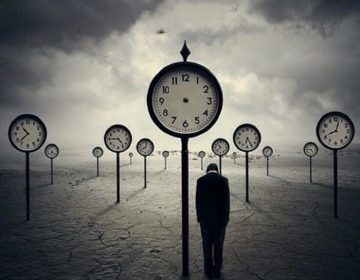 Among other things London School of Economics is associated in my mind with bringing me in touch with one of the most remarkable persons I have ever met in my life, and someone who has been a dear friend over nearly four decades since then. This is Jean Drèze.
Among other things London School of Economics is associated in my mind with bringing me in touch with one of the most remarkable persons I have ever met in my life, and someone who has been a dear friend over nearly four decades since then. This is Jean Drèze.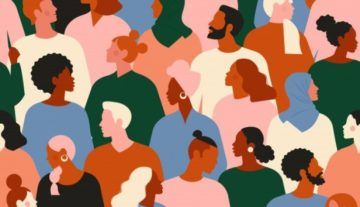 Although by no means the only ones, two models of human beings and their relation to society are prominent in modern social and political thought. At first glance they seem incompatible, but I want to sketch them out and start to establish how they might plausibly be made to fit together.
Although by no means the only ones, two models of human beings and their relation to society are prominent in modern social and political thought. At first glance they seem incompatible, but I want to sketch them out and start to establish how they might plausibly be made to fit together.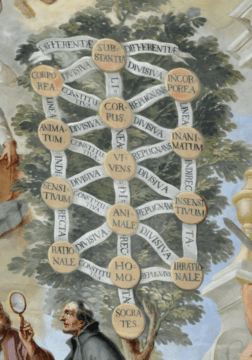
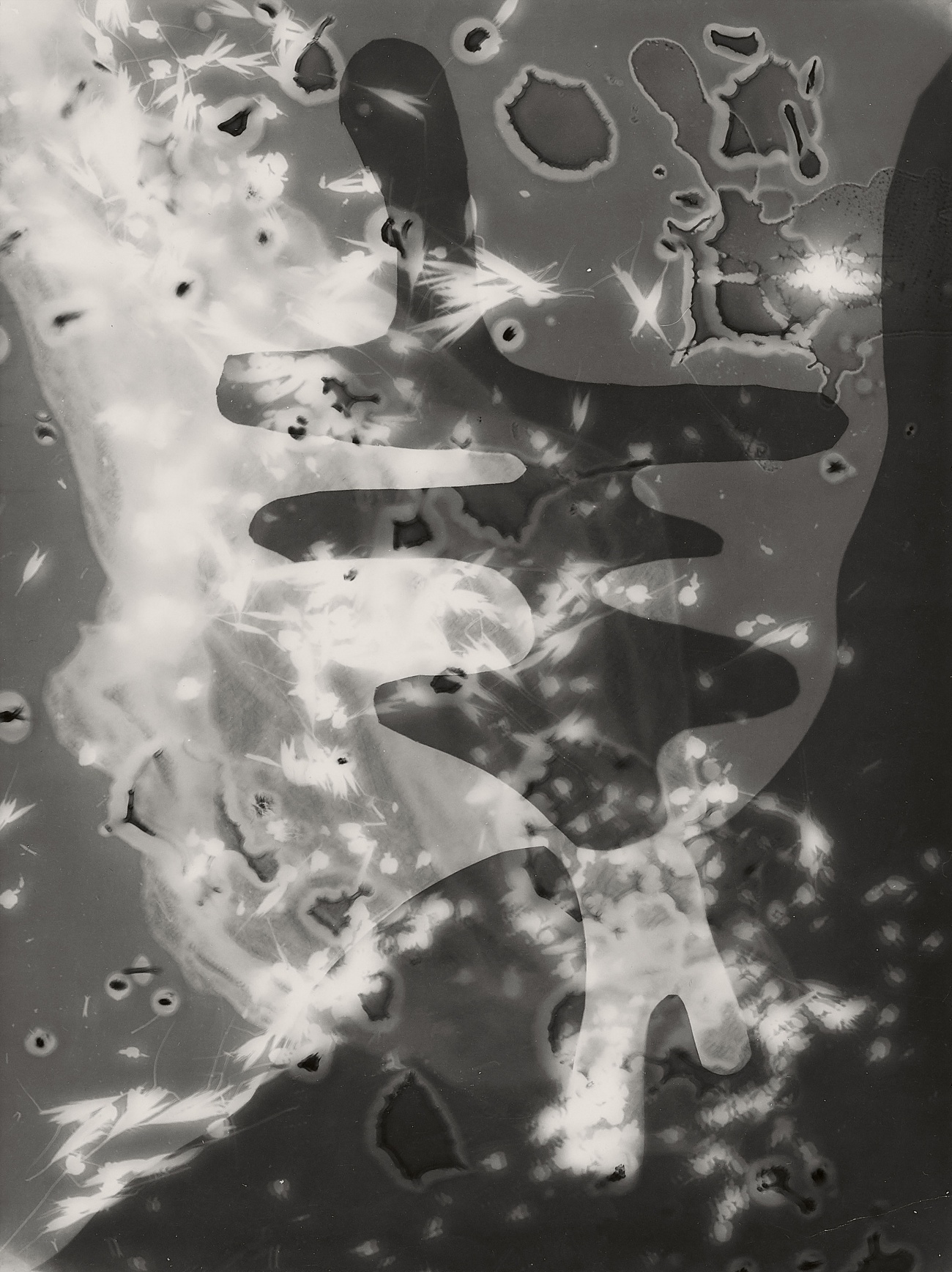 Anneliese Hager. Untitled. ca. 1940-1950
Anneliese Hager. Untitled. ca. 1940-1950